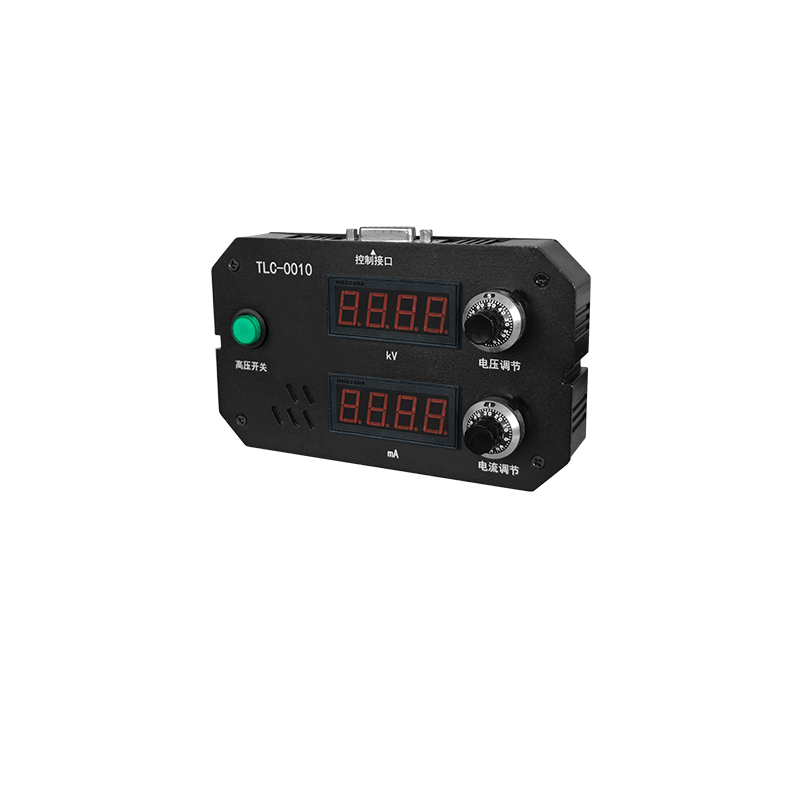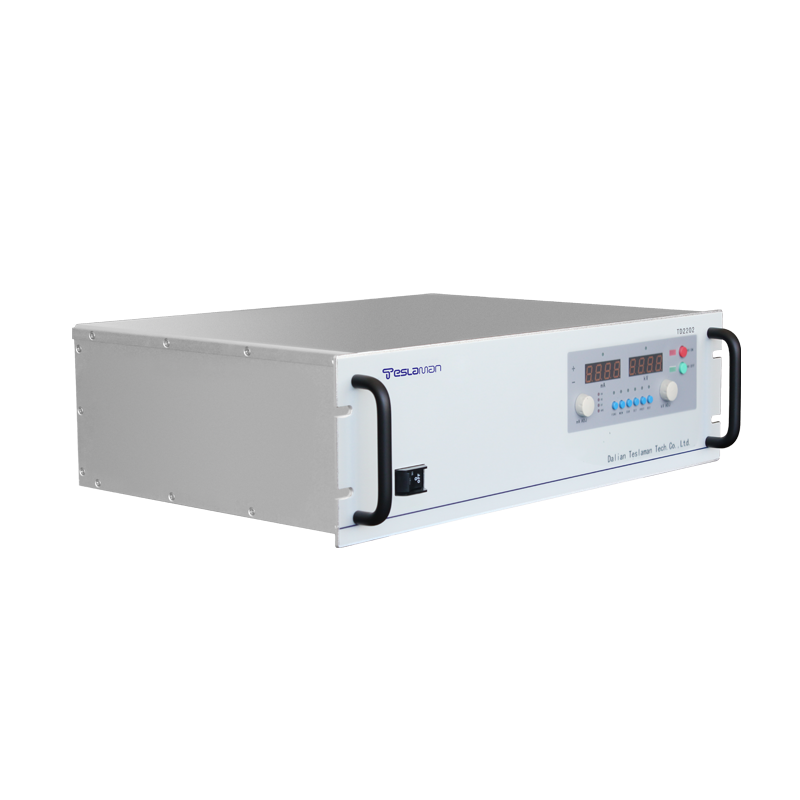Design Techniques for DC High Voltage Power Supplies
With the rapid development of modern technology, high voltage power supplies are increasingly widely used in many fields, especially DC high voltage power supplies, which play a crucial role in medical, scientific research, industrial and other fields. This article will discuss the design techniques of DC high voltage power supplies from a professional perspective, in order to provide useful references for engineers and researchers in related fields.
I. Clarify Design Requirements and Parameters
Before designing a DC high voltage power supply, it is necessary to clarify the requirements and parameters of the power supply. This includes the output voltage range, output current capability, ripple voltage, efficiency, stability, and protection functions. Clarifying these requirements helps designers choose the appropriate topology and components, thereby ensuring the performance and reliability of the power supply.
II. Choose the Appropriate Topology
Topology is the core of DC high voltage power supply design. Common topologies include flyback, forward, half-bridge, and full-bridge. Each topology has its advantages, disadvantages, and applicable ranges. Designers should choose the most suitable topology based on the output voltage, current, and efficiency requirements of the power supply.
III. Optimize Electromagnetic Compatibility Design
Electromagnetic compatibility (EMC) is an indispensable part of DC high voltage power supply design. High voltage power supplies generate strong electromagnetic interference during operation, which may affect the normal operation of surrounding equipment. Therefore, designers should take effective measures, such as shielding, filtering, and grounding, to reduce the impact of electromagnetic interference and improve the EMC of the power supply.
IV. Pay Attention to Thermal Design
Thermal design is crucial for the stability and reliability of DC high voltage power supplies. Designers should choose the appropriate cooling method and radiator based on the power loss of the power supply and the operating temperature of the components. At the same time, the ventilation and cooling effects of the power supply should also be considered to ensure that the power supply can work normally in harsh environments.
V. Precision Adjustment and Testing
Precision adjustment and testing are key links to ensure the performance of DC high voltage power supplies in the design process. Designers should use high-precision testing instruments to accurately measure the output voltage, current, ripple, and other parameters of the power supply. And based on the test results, adjust and optimize the power supply until the expected performance indicators are achieved.
VI. Safety Considerations
Safety is the primary principle of DC high voltage power supply design. Designers should fully consider the safety of the power supply, including overcurrent protection, overvoltage protection, short circuit protection, and other functions. In addition, components that meet safety standards should be selected to ensure that the power supply does not pose a hazard to people and equipment during use.
VII. Improve Power Supply Efficiency
Improving power supply efficiency is an effective way to reduce energy consumption and heat generation. Designers can improve the conversion efficiency of the power supply by optimizing the topology, selecting efficient components, improving cooling conditions, etc. At the same time, attention should also be paid to the standby power consumption of the power supply to ensure that it can maintain low energy consumption when not working.
In summary, the design of DC high voltage power supplies involves various techniques and precautions. Designers should comprehensively consider various factors and continuously optimize the design scheme to create a DC high voltage power supply with superior performance, safety, and reliability.




















